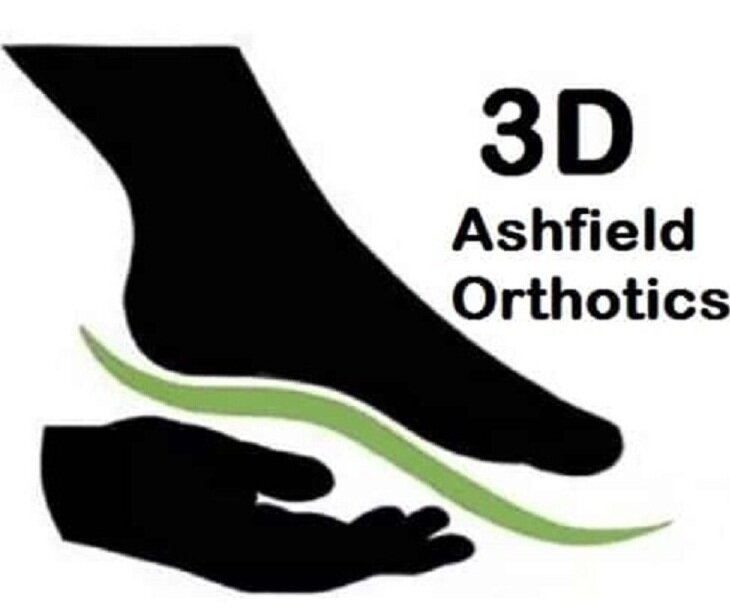We Learn from Podiatrists
People are often puzzled at the relationship & competition between podiatrists and pedorthists. At our clinic, I have referred Patients to podiatrists for their unique skills and Products I don’t carry and been referred to by podiatrists for my skills, Creative Problem Solving and onsite Lab.
Here, We get along quite well. We are their “go to” people for shoe manufacturing information, modifications and fitting advice.
First, with apologies to our respective regulators, some definitions.
A podiatrist is specifically a “doctor of the feet.” And while not trained as a Physician or medical doctor, all modern podiatrists are highly qualified across different areas related to foot and leg health. They used to be called chiropodists and often had lesser training, as compared to today. And while often not afforded hospital privileges in Canada, podiatrists can and do perform foot surgeries in some jurisdictions and clinics. They also all have advanced training and experience in invasive procedures like wound debridement, can administer certain classes of medications and can legally diagnose medical conditions. Their biomechanical understandings are at least on par with pedorthists.
Many podiatrists do not concentrate on the design and creation of custom foot orthotics. Few if any podiatrists in Canada have a full manufacturing lab on site, depending instead on central fabrication sites where pedorthists either make or oversee technicians making of these medical devices.
Most pedorthist certified in Canada by the College of Pedorthics of Canada are trained in identifying underlying disorders that can impact lower extremities. We are also well versed in clinical, applied biomechanics & more basic, academic study of both kinematics and kinetics, like podiatrists. Pedorthists are widely considered experts in the dynamic relationship between footwear, footwear construction, its modification & effects on human movement. Pedorthists like myself often have their own labs and provide the exact same types of assessments as podiatrists in terms of detailed history taking, biomechanics, gait analysis, manual testing and being able to identify underlying health conditions that may prompt responsible referrals onward to others, like medical doctors or physiotherapists.
Good pedorthists stay within our scope of assessing for and manufacture of custom orthotics. Great pedorthists also continue to learn from related experts, remaining curious about new understandings, technologies and materials.
So podiatrists and pedorthists are somewhat the same:
specifics of our work are covered by benefit plans
we are both well-trained as foot and leg experts
And yet we each want to see you first when your feet or legs hurt. (Perhaps that is the competitive aspect.)
We also have important differences:
legal ability to diagnose conditions
performing invasive procedures
manufacturing capacity / speed
But our similar understandings and assessment protocols mean that we can each also help, and even work together. We both can align structures, offload pressure, accommodate deformities, alter forces & change key tissue vectors in your feet or legs.
Which brings me to the real reason for this blog.
Here is a great article from an accomplished podiatrist in the UK. At our clinic I sometimes use this test. The part about custom orthotics reminded me of the importance of the forces we are subject to, both internally and externally, along with tissue stress over time and their potentially deforming effects. Orthotics can and do help. But not only due to our re-alignment. Misalignment and over pronation are often merely the resulting signs of underlying tissue stress, with increased or prolonged pain as a symptom, along with further, cyclical damage. Our tissues heal, our joints work better and we move with less pain when movements and tissues are encouraged to change for the better. That's what orthotics really do.
If you want to know more, talk to your physician. Or show them this. As for choosing a podiatrist or pedorthist, it's still your choice. But we're all on the same team: yours.
Be well.
Rodney Ashfield, BA, Cert. Rehab.
Certified Pedorthic Technician
Certified Pedorthist (Canada)
